For many years I have been researching the method of Translation by Joseph Smith, and I have been studying the Joseph Smith Papers Project, [JSP] that I believe is the best source we have ever had on the words, papers, and documents to validate the truth of the History of the Restoration of The church of Jesus Christ of Latter-day Saints. I am thankful to the many editors and the extreme amount of time it took to publish such an amazing library of reference material. JSP has enhanced and added much value to the Church History information we had previously.
With that said, I have come across a few areas within this work of papers, a few errors that I wanted to discuss today. It is not unusual to have errors in such a large and and lengthy manuscript as the JSP. The errors I feel mostly stem from the JSP use of the word, Eyewitness.
What is an Eyewitness?
Eyewitness, noun
A person who has seen someone or something and can bear witness to the fact.
One who testifies to something he has seen.
One who sees a thing done; one who has ocular view of anything.
What is a second-Hand Witness?
Law.com says,
Hearsay, n.
1) second-hand evidence in which the witness is not telling what he/she knows personally, but what others have said to him/her.
2) a common objection made by the opposing lawyer to testimony when it appears the witness has violated the hearsay rule.
3) scuttlebutt or gossip.
There are only three(3) eyewitnesses who saw and felt the three items found in the stone box at hill Cumorah in New York:
1- Joseph Smith
2- Oliver Cowdery
3- Lucy Mack Smith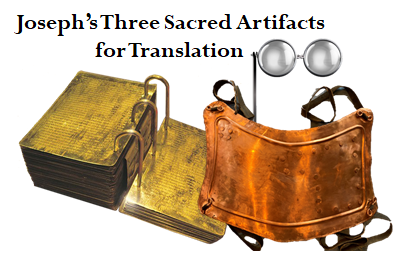
There are only two eyewitnesses that saw the three items being used to translate the gold plates.
1- Joseph Smith
2- Oliver Cowdery.
Joseph Smith Eyewitnesses and Canonized Scripture
“Also, that there were two stones in silver bows—and these stones, fastened to a , constituted what is called the —deposited with the plates; and the possession and use of these stones were what constituted in ancient or former times; and that God had prepared them for the purpose of translating the book. JSH 1:35
Oliver Cowdery Eyewitness and Canonized Scripture:
“Oliver Cowdery describes these events thus: “These were days never to be forgotten—to sit under the sound of a voice dictated by the inspiration of heaven, awakened the utmost gratitude of this bosom! Day after day I continued, uninterrupted, to write from his mouth, as he translated with the Urim and Thummim, or, as the Nephites would have said, ‘Interpreters,’ the history or record called ‘The Book of Mormon.’” JSH 1:75*
Lucy Mack Smith Journals Quote
Lucy saw and felt the three items, the spectacles and breastplate were under a cloth or linen, but she saw and felt the gold plates.
“I have myself seen and handled the golden plates; they are about eight inches long, and six wide; some of them are sealed together and are not to be opened, and some of them are loose. They are all connected by a ring which passes through a hole at the end of each plate, and are covered with letters beautifully engraved. I have seen and felt also the Urim and Thummim. They resemble two large bright diamonds set in a bow like a pair of spectacles. My son puts these over his eyes when he reads unknown languages, and they enable him to interpret them in English. I have likewise carried in my hands the sacred breastplate. It is composed of pure gold and is made to fit the breast very exactly.” Lucy Mack Smith (in Henry Caswall, The City of the Mormons; or, Three Days at Nauvoo, in 1842, 2nd ed. revised and enlarged, (London: J. G. F. & J. Rivington, 1843), 26)
[The Breastplate and Spectacles] “He kept these things constantly about his person”
“Joseph termed a key… nothing more nor less than a Urim and Thummim” Lucy Mack Smith
“That of which I spoke, which Joseph termed a key, was indeed nothing more nor less than a Urim and Thummim by which the angel manifested those things to him that were shown him in, vision; by which also he could at any time ascertain the approach of danger, either to himself or the record, and for this cause he kept these things constantly about his person.
“it [Key] consisted of two smooth three-cornered diamonds set in glass, and the glasses were set in silver bows connected with each other in much the same way that old-fashioned spectacles are made”
Joseph kept the urim and thumim constantly about his person and he could by this means ascertain at any moment if the plates were in danger having just looked into them before Emma got there he perceived her coming and came up out of the well and met her.” Lucy Mack Smith Journal
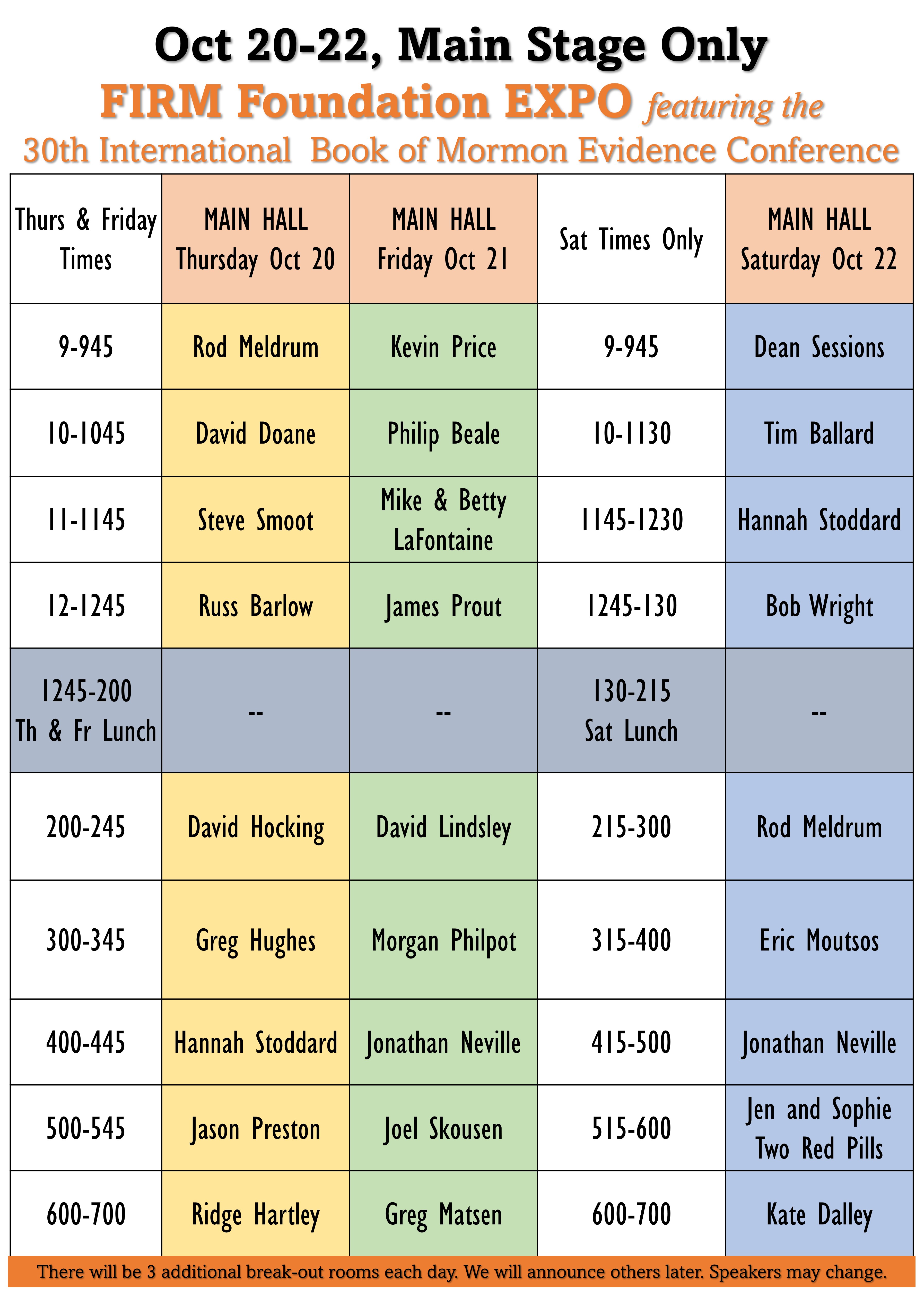
Tickets Information
JSP Account of Eyewitnesses
In the Joseph Smith Papers, [JSP] we read the following in the glossary about Seer Stones, with the appropriate note numbers attached as well. My comments are in purple after the quotes. https://www.josephsmithpapers.org/topic/seer-stone
under the title “Seer Stone”, it says,
Seer Stone
“A special stone used for seeing visions and aiding translation.(1
Correct, it is also a stone used by only those allowed by God to see into the future, find treasure, protect from danger and any other thing the Lord choses to reveal through his special instruments.
JSP Continued, “According to a European tradition of folk belief reaching back at least into the middle ages, quartz crystals or other stones could be used to find missing objects or to see other things not visible to the natural eye.(2
Is this statement preparing the readers to read about seer stones and relate them to folk belief or quartz crystals? Yes in my opinion.
JSP Continued, “This practice accompanied European immigrants to North America and was part of JS’s cultural environment in western New York in the 1820s, though by then the practice was waning.(3
Yes the idea of “scrying” or “peeping” was part of Joseph Smiths’ culture, just like Ouija boards and crystal balls were part of my early culture in the United States when I was young. That doesn’t mean Joseph ever used these items with any wrong intent, but only as the Lord instructed Joseph. Joseph was never part of the occult as some Church Historians suggest.
JSP Continued, “In his youth, JS occasionally used seer stones to help neighbors find missing objects or search for buried treasure.(4
Again Joseph was asked, “Was not Joseph Smith a money digger? Yes, but it was never a very profitable job for him, as he only got fourteen dollars a month for it.” —Joseph’s tongue-in-cheek response to one of a list of questions that were asked of him during a visit at Elder Cahoon’s home. (Elders’ Journal 1/3 (July 1838): 43) [1]
“Joseph Smith’s critics often tried to disparage him by calling him a money digger or a treasure seeker. Rather than deny the charge, Joseph acknowledged in his official history that Josiah Stowell had hired him in 1825 to assist in a treasure-seeking venture in northern Pennsylvania… Joseph Smith and his family, like many around them, accepted these familiar folk practices… Joseph Smith Sr. considered his son’s ability sacred and hoped he would cease using it to look for earthly treasures. As Joseph prepared to translate the Book of Mormon, he was commanded to have nothing further to do with those who sought treasure and instead use his gift to translate and seek revelation.” Church History Topics
JSP Continued, “By 1826, JS had at least two seer stones, and according to Brigham Young he eventually had five seer stones.(5
It is true that Joseph Smith is known to have a stone or two that he found early before he found the items in Hill Cumorah.
JSP Continued, According to JS, in 1823 an angelic messenger revealed to him the location of gold plates and an instrument with which to translate them.(6
This is very accurate as the JSP agreed the instrument, not a stone, would be used to translate the plates.
JSP Continued, This instrument consisted of “two stones in silver bows” that had been used by “seers in ancient times.”(7
True, see JSH 1:35,52,62,75*; Mosiah 28:13, 20; Ether 3:22-23; 4:5; Alma 37:21, 24-25
JSP Continued, “The Book of Mormon itself referred to “interpreters” that were to be kept with the plates.(8
True. As a matter of fact the word “Interpreters” was the only word used in the entire Book of Mormon text to describe the two stones in a silver bow. the words Urim and Thummim are never spoke of in the Book of Mormon.
JSP Continued, “JS explained that he used the pair of stones found with the plates in his translation of the Book of Mormon.(9
True
Eyewitnesses reported that he also translated using a dark brown seer stone placed in a hat to exclude exterior light and that he used a seer stone for many of his early revelations.(10
This is false in my opinion. There were no eyewitnesses [Remeber the definition of eyewitness at the beginning], who ever saw Joseph use a brown stone or any other colored stone placed in a hat to translate. It is not found in the scriptures.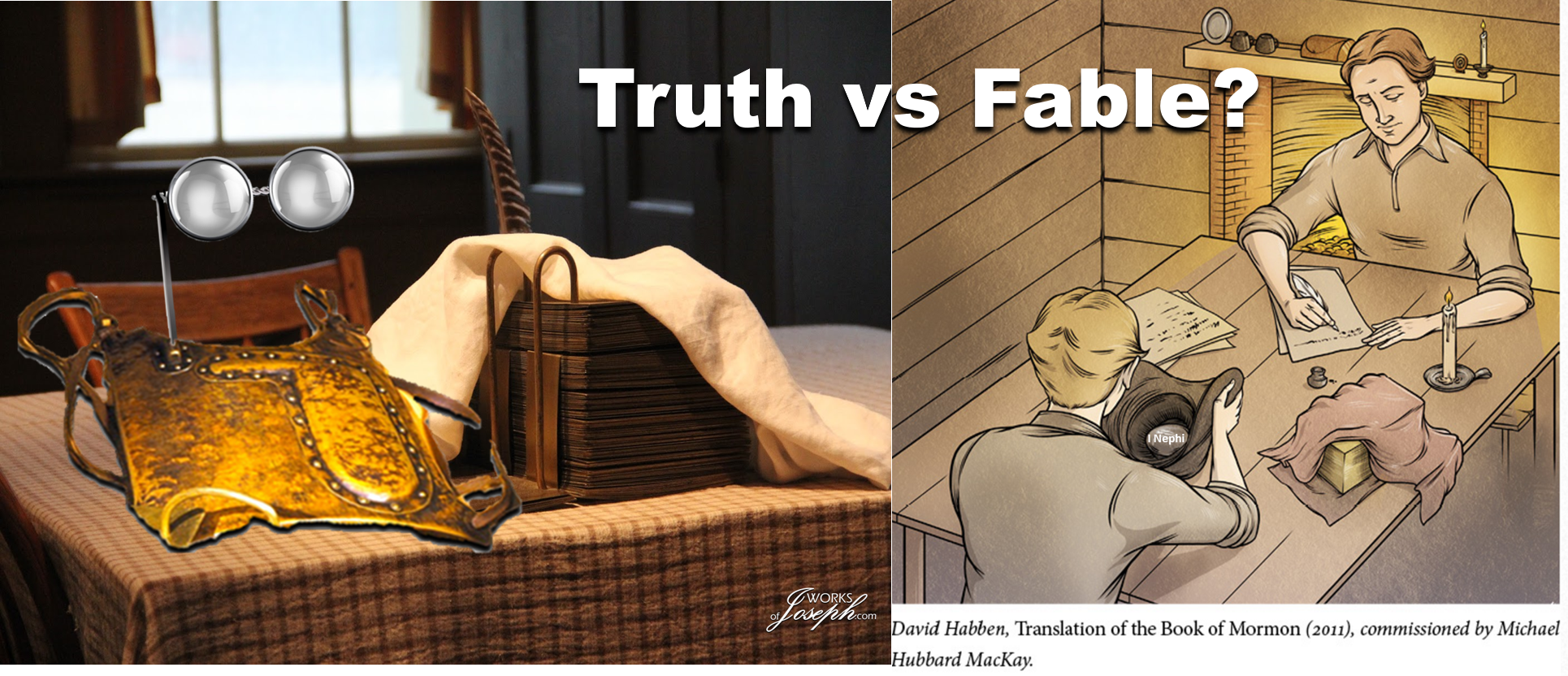
JSP Continued, “JS referred to the pair of stones found with the plates as “spectacles,” and he later referred to these stones and his other seer stones with the term “Urim and Thummim,” the name of the instrument used by the high priest of Israel in the Bible.(11
Where did Joseph call the two stones in silver bows, either as spectacles, or as Urim and Thummim? Not in the Scriptures, only in second hand phrases or wording written down by other people in the church or otherwise.
JSP Continued, “In 1830, JS apparently began dictating most of his revelations without the aid of a seer stone.(12
See also “Urim and Thummim.”
Notes 10, 11, and 12 from the JSP, I explain in more detail, how I feel the editors of the JSP either miss-quoted or didn’t explain properly, or may have mislead their readers when it speaks about eyewitnesses and other things in notes 10-12.
Note 10 from JSP glossary under Seer Stone
The following notes appear under note 10 that says,
10 Eyewitnesses reported that he [Joseph Smith] also translated using a dark brown seer stone placed in a hat to exclude exterior light and that he used a seer stone for many of his early revelations.
I ask who were these supposed eyewitnesses? Look at the list of quotes the JSP gives us below, highlighted in Green.
“Mormonism,” Kansas City Daily Journal, 5 June 1881, 1; “Testimony of David Whitmer,” Saints’ Herald, 15 Nov. 1879, 341; Emma Smith Bidamon, Nauvoo, IL, to Emma Pilgrim, 27 Mar. 1870, in John Clark, “Translation of Nephite Records,” The Return, 15 July 1895, 2; see also Bushman, Rough Stone Rolling, 71–72; and “Joseph Smith Documents Dating through June 1831,” in JSP, D1:xxx–xxxi.
The line above that says, Joseph Smith Documents Dating through June 1831, says the following under the title in the JSP.
“This volume contains the earliest surviving documents written, dictated, authorized, owned, or received by Joseph Smith. They originated from July 1828 to June 1831.1 Almost no original records remain of Smith’s life from 1805 to 1827. What is known of that earlier period is derived from reminiscent accounts, augmented by a few details from contemporaneous government documents.
Two of the most important reminiscent accounts are Joseph Smith’s 1832 and 1838 histories, both of which provide detailed descriptions of the angelic visits and manifestations he experienced in the 1820s.2 Although recorded later, these histories provide important context for the documents herein.”
None of the above mentions an Eyewitness so once again the JSP editors have it wrong.
Kansas City Daily Journal. Kansas City, MO. 1878–1891.
Saints’ Herald. Independence, MO. 1860–.
The Return. Davis City, IA, 1889–1891; Richmond, MO, 1892–1893; Davis City, 1895–1896; Denver, 1898; Independence, MO, 1899–1900.
Bushman, Richard Lyman. Joseph Smith: Rough Stone Rolling. With the assistance of Jed Woodworth. New York: Knopf, 2005.
JSP, D1 / MacKay, Michael Hubbard, Gerrit J. Dirkmaat, Grant Underwood, Robert J. Woodford, and William G. Hartley, eds. Documents, Volume 1: July 1828–June 1831. Vol. 1 of the Document series of The Joseph Smith Papers, edited by Dean C. Jessee, Ronald K. Esplin, and Richard Lyman Bushman. Salt Lake City: Church Historian’s Press, 2013.
None of these “Eyewitnesses” mentioned in the JSP below, ever saw Joseph Smith Translate, so they couldn’t be Eyewitnesses!
Emma Smith
David Whitmer
Kansas Journal
MacKay, Michael Hubbard,
Gerrit J. Dirkmaat,
Grant Underwood,
Robert J. Woodford,
William G. Hartley,
Dean C. Jessee,
Ronald K. Esplin,
Richard Lyman Bushman. 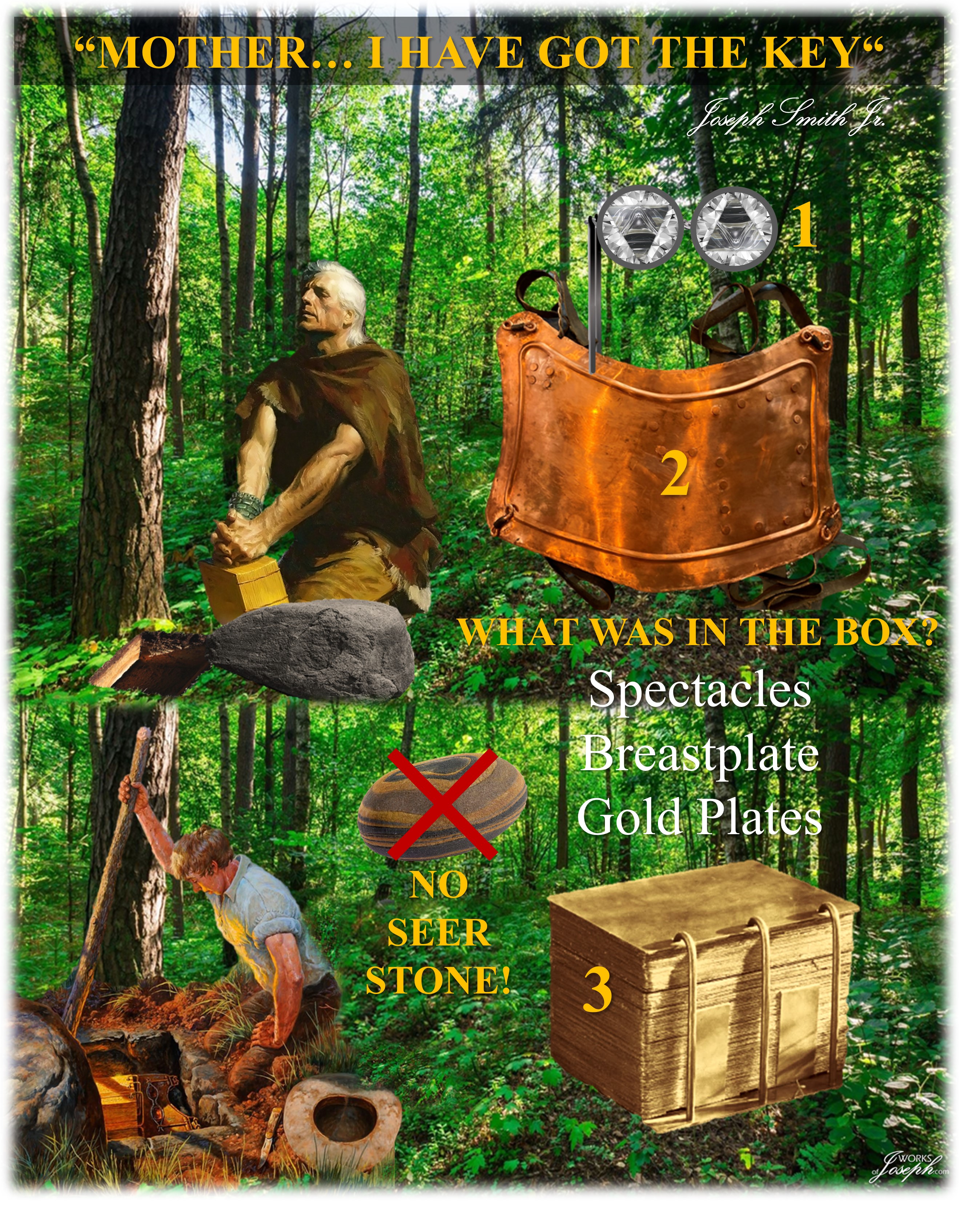
There are no quotes above from Joseph Smith or Oliver Cowdery who are the ONLY TWO Eyewitness accounts! The JSP either is not telling the truth or they miss-quoted or they don’t really know what an eyewitness is!
Note 11 from JSP glossary under Seer Stone
JS referred to the pair of stones found with the plates as “spectacles,” and he later referred to these stones and his other seer stones with the term “Urim and Thummim,” the name of the instrument used by the high priest of Israel in the Bible. (11
Where in the quotes from note 11 below, did Joseph Smith himself refer to these (two stones with the plates) and his other stones with him, by the name of U&T and did Joseph ever associate these stones with the same ones in the OT?
Exodus 28:30; Leviticus 8:8; Numbers 27:21; JS History, ca. Summer 1832, 5; JS History, vol. A-1, 5; Woodruff, Journal, 27 Dec. 1841; compare “History of Brigham Young,” LDS Millennial Star, 20 Feb. 1864, 26:118–119; see also Van Wagoner and Walker, “Gift of Seeing,” 53.
JS History, ca. Summer 1832 / Smith, Joseph. “A History of the Life of Joseph Smith Jr,” ca. Summer 1832. In Joseph Smith, “Letter Book A,” 1832–1835, 1–[6] (earliest numbering). Joseph Smith Collection. CHL. MS 155, box 2, fd. 1.
JS History / Smith, Joseph, et al. History, 1838–1856. Vols. A-1–F-1 (original), A-2–E-2 (fair copy). Historian’s Office, History of the Church, 1839–ca. 1882. CHL. CR 100 102, boxes 1–7. The history for the period after 5 Aug. 1838 was composed after the death of Joseph Smith.
Woodruff, Wilford. Journals, 1833–1898. Wilford Woodruff, Journals and Papers, 1828–1898. CHL. MS 1352.
Latter-day Saints’ Millennial Star. Manchester, England, 1840–1842; Liverpool, 1842–1932; London, 1932–1970.
Van Wagoner, Richard S., and Steven Walker. “Joseph Smith: ‘The Gift of Seeing.’” Dialogue: A Journal of Mormon Thought 15 (Summer 1982): 49–68.
Note 12 from JSP glossary under Seer Stone
In 1830, JS apparently began dictating most of his revelations without the aid of a seer stone.12
What the editors seem to be saying here, is that Joseph Smith after the translation of the Book of Mormon, he didn’t use seer stones. What do they mean by not using seer stones?
1- Two stones in a silver bow, fastened to a breastplate?
2- One single seer stone?
3- Urim and Thummim?
4- Regular rocks?
5- Any stone?
6- Joseph used nothing at all, or just his mind?
7- Suing a Peep stone?
What do the editors say Joseph used to receive revelations or instructions such as the Doctrine and Covenants. We know Joseph definitely used the Urim and Thummim to translate some of the sections of the Doctrine and Covenants.
“Not only did Joseph Smith use the Urim and Thummim to translate the Book of Mormon, but he also used it to receive revelation from God. Specifically, Doctrine and Covenants sections 3, 6, 11, and 14 were all given through the Urim and Thummim.
We learn from the Doctrine and Covenants that “the place where God resides is a great Urim and Thummim.” In addition, “this earth, in its sanctified and immortal state, will be made like unto crystal and will be a Urim and Thummim to the inhabitants who dwell thereon.” And each person who receives the white stone mentioned in Revelation 2:17 will be able to use the Urim and Thummim (D&C 130:8–10).” http://www.ldsliving.com/10-Things-We-Know-About-the-Urim-and-Thummim/s/90115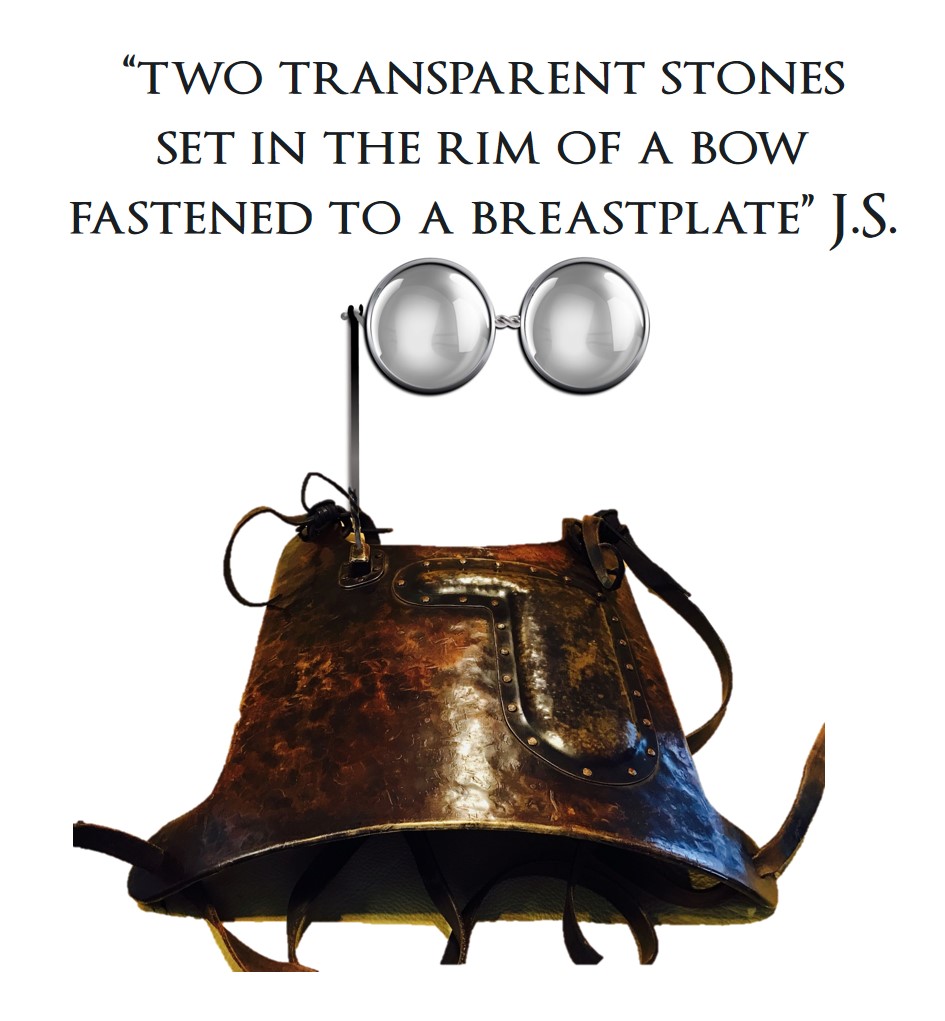
Many Times the Urim and Thummim was Used to Translate
“In this respect the testimony of Lorenzo Brown about the preparation the Prophet made for his translation of the Bible may be instructive. He records the Prophet as saying: “After I got through translating the Book of Mormon, I took up the Bible to read with the Urim and Thummim. I read the first chapter of Genesis and I saw the things as they were done. I turned over the next and the next, and the whole passed before me like a grand panorama; and so on chapter after chapter until I read the whole of it. I saw it all!” (as cited in Matthews, Plainer Translation, 25).” The Process of Translating the Book of Mormon Joseph Fielding McConkie (Professor of Ancient Scripture, BYU) Craig J. Ostler (Assistant Professor of Church History and Doctrine, BYU)
Other ways Joseph Smith utilized the Urim and Thummin
The Book of Martyrs, by John Foxe, is an account of Christian martyrs throughout Western history from the first century through the early sixteenth centuries, emphasizing the sufferings of English Protestants and proto-Protestants from the fourteenth century through the reign of Mary I. Commonly known as Foxe’s Book of Martyrs, one fuller title of the work is Acts and Monuments of these Latter and Perilous Days, Touching Matters of the Church.
During the fall of 1834, the Prophet Joseph Smith paid a visit to the home of Edward Stevenson, a faithful member of the Church who would later become a prominent missionary and one of the seven presidents of the Seventy. While there he noticed a copy of Foxe’s Book of Martyrs by the sixteenth-century English cleric John Foxe. Brother Stevenson recorded the Prophet’s remarks in reference to Christian martyrs massacred during the Dark Ages:
“While looking over our copy of a large English Book of Martyrs, he expressed sympathy for the Christian martyrs and a hope for their salvation. He asked to borrow the book, promising to return it when he should meet us again in Missouri.
On returning it he said, ‘I have, by the aid of the Urim and Thummim, seen those martyrs. They were honest, devoted followers of Christ, according to the light they possessed. They will be saved.’” 1
Where did Joseph begin as the JSP says, “JS and other church members began referring to the instrument as the Urim and Thummim by 1832?” This doesn’t make sense if the JSP is trying to equate the Urim and Thummim, the Interpreters, the Seer Stones, and a Stone in a Hat, all to mean the same thing at ever time one of those items is mentioned.
The key for me is what do the scriptures say?
JSH 1:35,52,62,75*; Mosiah 28:13, 20; Ether 3:22-23; 4:5; Alma 37:21, 24-25
I invite you to read and search and find out for yourself.




